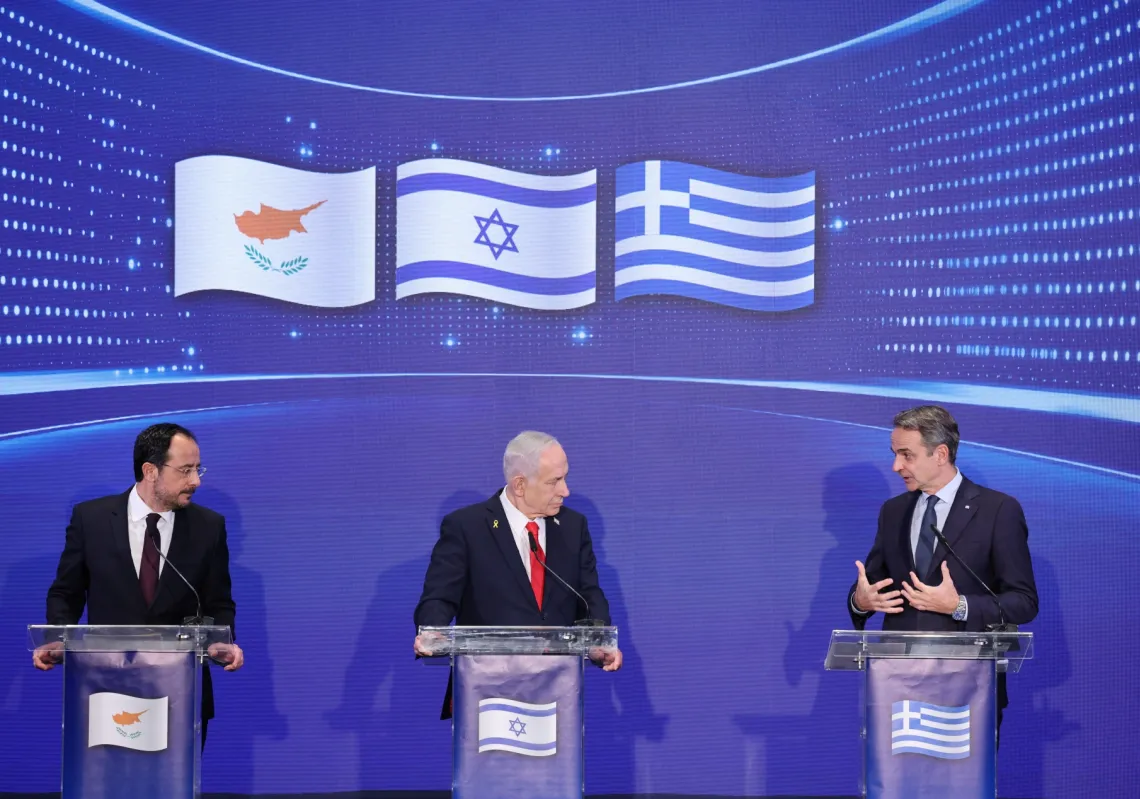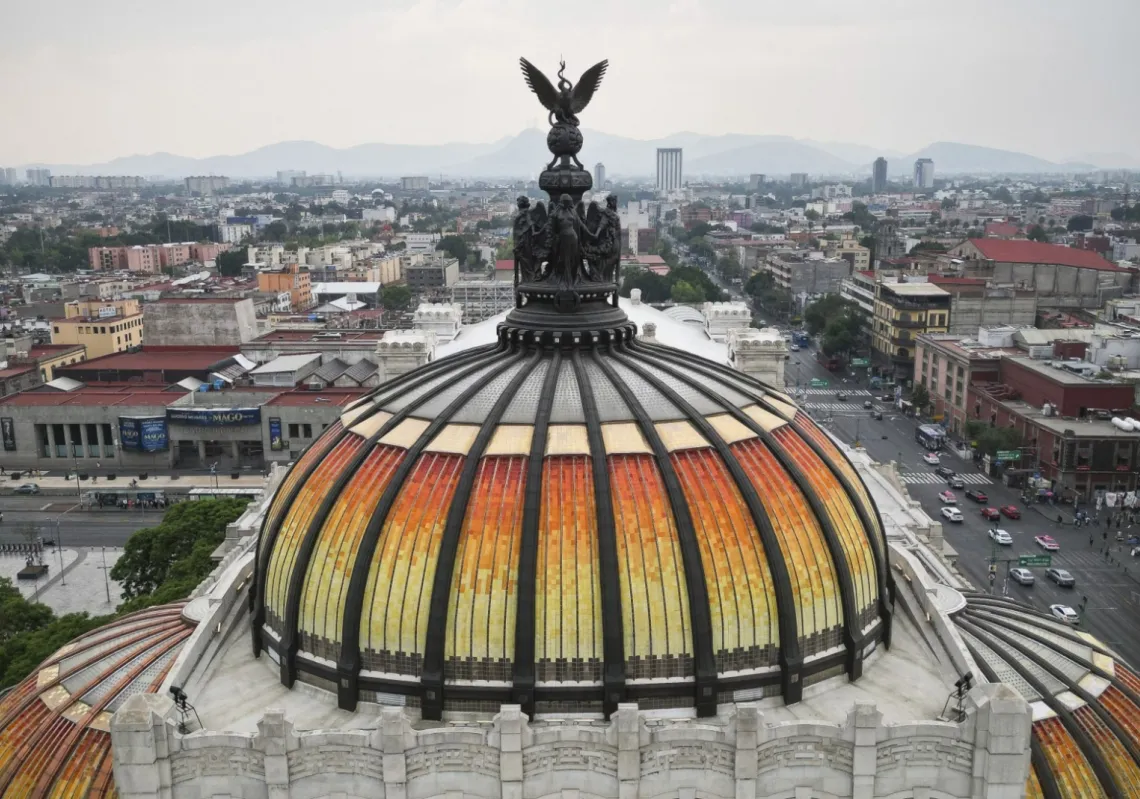The maritime passage between Spain and Morocco is one of the main gateways between Africa and Europe. As relations between the neighbouring nations improve, there are big plans for the crossing.
Around three million Moroccans living in the European Union are expected to use it to reach the southern shores of the Mediterranean this summer, along with foreign tourist traffic.
There are two peak seasons for this movement, which is known as the "summer and winter journey" after when it is repeated as people travel back and forth.
The summer-season spike in demand for the 14-kilometre sea journey starts in mid-June and will involve hundreds of crossings carrying tens of thousands of cars and buses.
A package of co-ordination procedures for tourists has already been set up to prepare in the coastal towns to which the travel trade is worth billions of dollars. It is branded under the banner “Marhaba”, which translates from Arabic as “hello”.
World cup plans and positive diplomacy
This year's preparations come alongside a clear improvement in relations between Madrid and Rabat, which have been boosted by the joint nomination of Spain, Portugal and Morocco to compete to host the 2030 FIFA World Cup in the name of Europe and Africa.
Morocco is teaming up with Spain and Portugal to host the 2030 World Cup https://t.co/JVrTk8iU0i
— Le Monde in English (@LeMonde_EN) May 4, 2023
It could open the way for a major shift in the level of cooperation between the countries — covering politics, security and the economy — that seemed remote even just two years ago. Sport held in Moroccan cities should help draw a European audience to learn more about life on the south side of the Mediterranean.
Both nations seem to have realised that their proximity across the sea gives them a strategic advantage in a world where geography has important influences over the economy.
This has brought a long-established idea back to the forefront of hopes for future development: A tunnel under the Mediterranean between Morocco and Spain via the Straits of Gibraltar.
A multi-billion dollar mega-project
Proposals for such a link-up are not new, dating back by at least four decades. The political fortunes of the plans have had many ups and downs, tracking the state of political relations and economic ties between Rabat and Madrid.
The latest regional and international transformations have revived the project.
Changing global geostrategic currents have put maritime routes to the forefront of the international agenda, from the Western Mediterranean to the entrance to the Atlantic Ocean and the East-West trade route, amounting to a new Silk Road between North and South.














